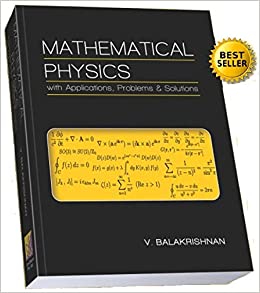Answered step by step
Verified Expert Solution
Question
1 Approved Answer
Pls answer all questions and show step by step workings . I've separated them according to numbers such as A.... All the questions a complete
Pls answer all questions and show step by step workings . I've separated them according to numbers such as A.... All the questions a complete and have the relevant info to be completed.








Step by Step Solution
There are 3 Steps involved in it
Step: 1

Get Instant Access to Expert-Tailored Solutions
See step-by-step solutions with expert insights and AI powered tools for academic success
Step: 2

Step: 3

Ace Your Homework with AI
Get the answers you need in no time with our AI-driven, step-by-step assistance
Get Started


